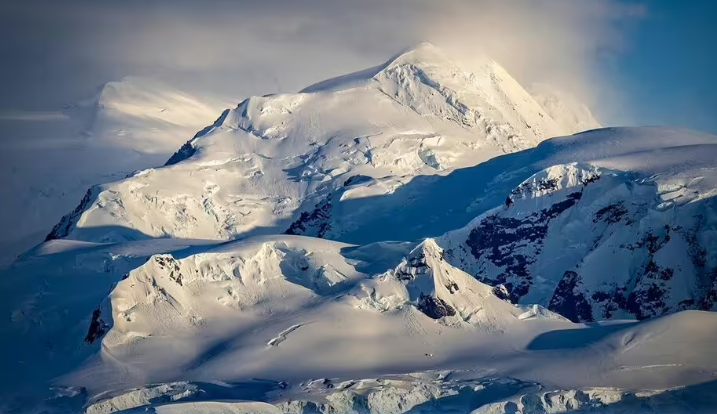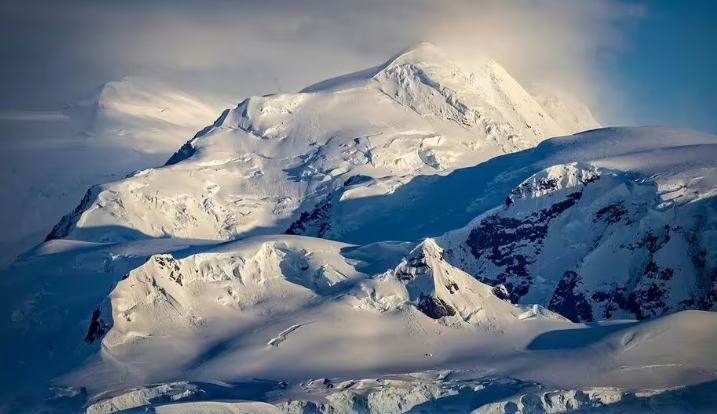
The long, dark winter over East Antarctica has reached a significant milestone, as the first seasonal temperature below –80°C was recorded at Dome Fuji Automatic Weather Station (AWS) on July 8, with the thermometer plunging to a remarkable –81.6°C at 22:30 UTC. This marks the coldest temperature observed on Earth so far in 2025, and while still provisional, it may be the beginning of even colder readings in the coming weeks as the austral winter enters its coldest phase.
Dome Fuji, located at an elevation of over 3,800 meters on the remote East Antarctic Plateau, is one of the planet’s most extreme environments. It frequently registers some of the lowest temperatures in the world due to clear skies, dry air, polar night, and persistent thermal inversions. These conditions are optimal for radiative heat loss, allowing surface temperatures to plunge dramatically during the core winter months of July and August.
The recent –81.6°C comes within striking range of the station’s all-time July record, which stands at –82.9°C, recorded on July 27, 2014 — still the coldest July temperature ever observed at Dome Fuji. In fact, the July 2014 value remains both the monthly and all-time record for the station.
Dome Fuji is no stranger to exceptional cold. On July 16, 2024, it also recorded the world’s lowest temperature of that year, with –82.1°C, again emphasizing its role as a key cold pole of the planet. This year’s –81.6°C thus joins a growing legacy of historic sub–80°C events at this site and could be surpassed later this month or in early August, as Antarctic winter typically deepens through that period.
While the all-time coldest temperature on Earth remains –89.2°C, recorded at Vostok Station on July 21, 1983, Dome Fuji continues to be a global benchmark for extreme cold, with its automated station providing invaluable high-altitude climate data year-round.
The early arrival of such extreme cold in July 2025 — along with Vostok’s –80.2°C reading earlier this month — may suggest a particularly cold winter shaping up across the East Antarctic interior. This comes even as global temperatures trend upward, highlighting the complexity of regional climate systems and the persistence of hyper-cold microclimates under ideal radiative conditions.
While much of the world is grappling with unprecedented heatwaves and climate-driven extremes, the deep heart of Antarctica remains frozen in silence, quietly setting cold milestones that remind us of Earth’s thermal range — and the continued importance of polar monitoring in a changing climate.

Illustration picture: https://www.express.co.uk/news/world/1922419/world-coldest-place-queen-maud-land-dome-fuji


























